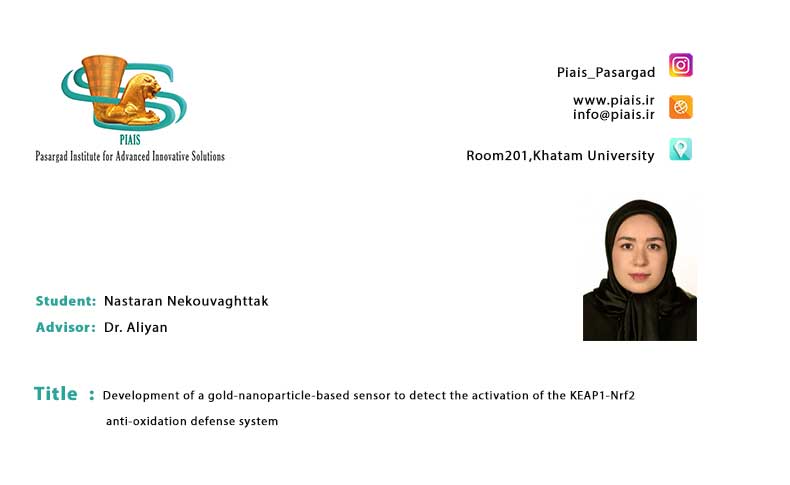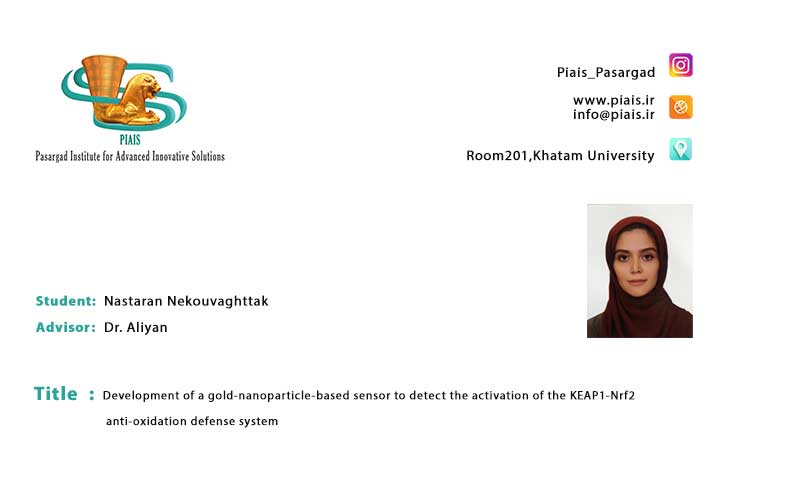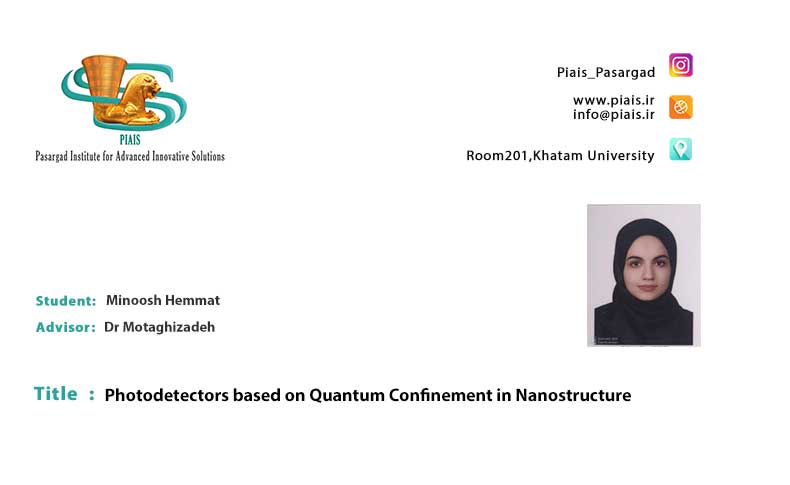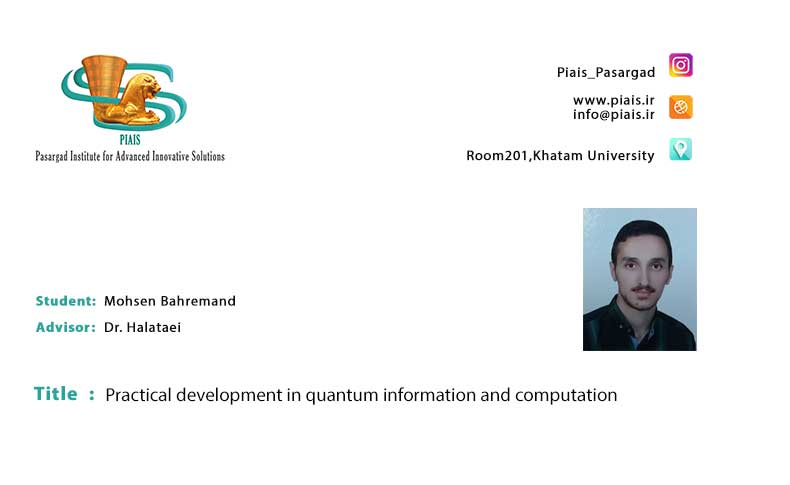
Evaluating the electronic effect of the pyridine ring on the dual light switching effect of [Re(CO)3(dppz)(Py)]Cl
Abstract
Alzheimer’s disease is a neurodegredative, irreversible and progressive brain disorder that annihilates memory and thinking skills slowly. Biologically, the aggregation of a peptide in brain, named Amyloid-Beta are involved in the advent and progress of the disease. Today, the early diagnosis is one of the major issues scientists struggle with. Hence, detection of the aggregation can be very helpful for in-vitro studies and of great importance to find a cure. Variety of probes have been proposed for detecting the aggregation, among which metal-based probes have introduced distinguished capabilities. Recently, a rhenium metal complex which contains a pyridine ring, has been reported to show an unexpected dual light switching effect when exposed to Amyloid-Beta aggregates. This unexpected phenomena occurs when the metal complex is irradiated with UV-light (360 nm) and leads to the oxidation of Amyloid-Beta at a certain position. This process has been reported to be unprecedented and can offer a useful tool for inducing site-specific modification. Our aim is to use functionalized pyridine rings and evaluate the effects of altering the electronic properties on both the light switching of metal complexes and its ability to oxidize Amyloid-Beta. In this talk, the proposed metal complexes will be introduced, and different synthesis approaches, along with the progress in the project so far will be presented. It is expected that this study would improve our knowledge on the interaction between this class metal complexes and Amyloid-Beta, and open new gateways to develop a cure
Relations Post



